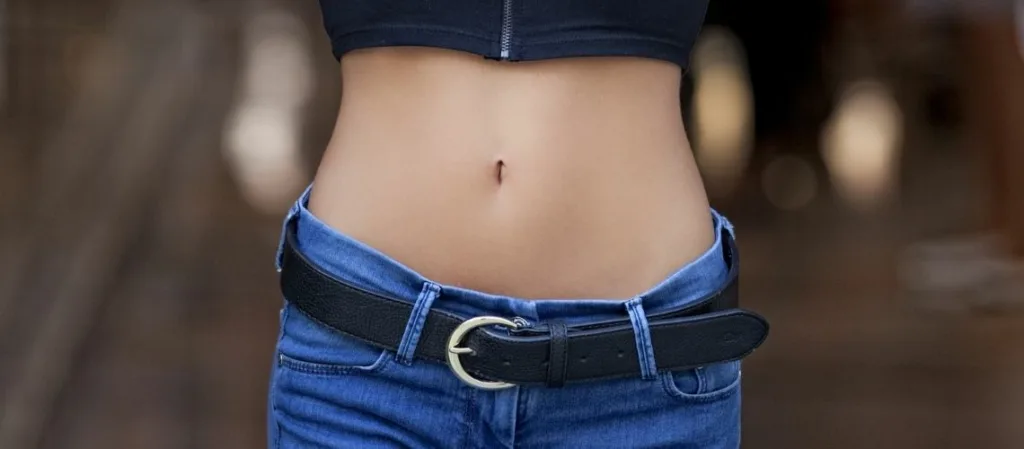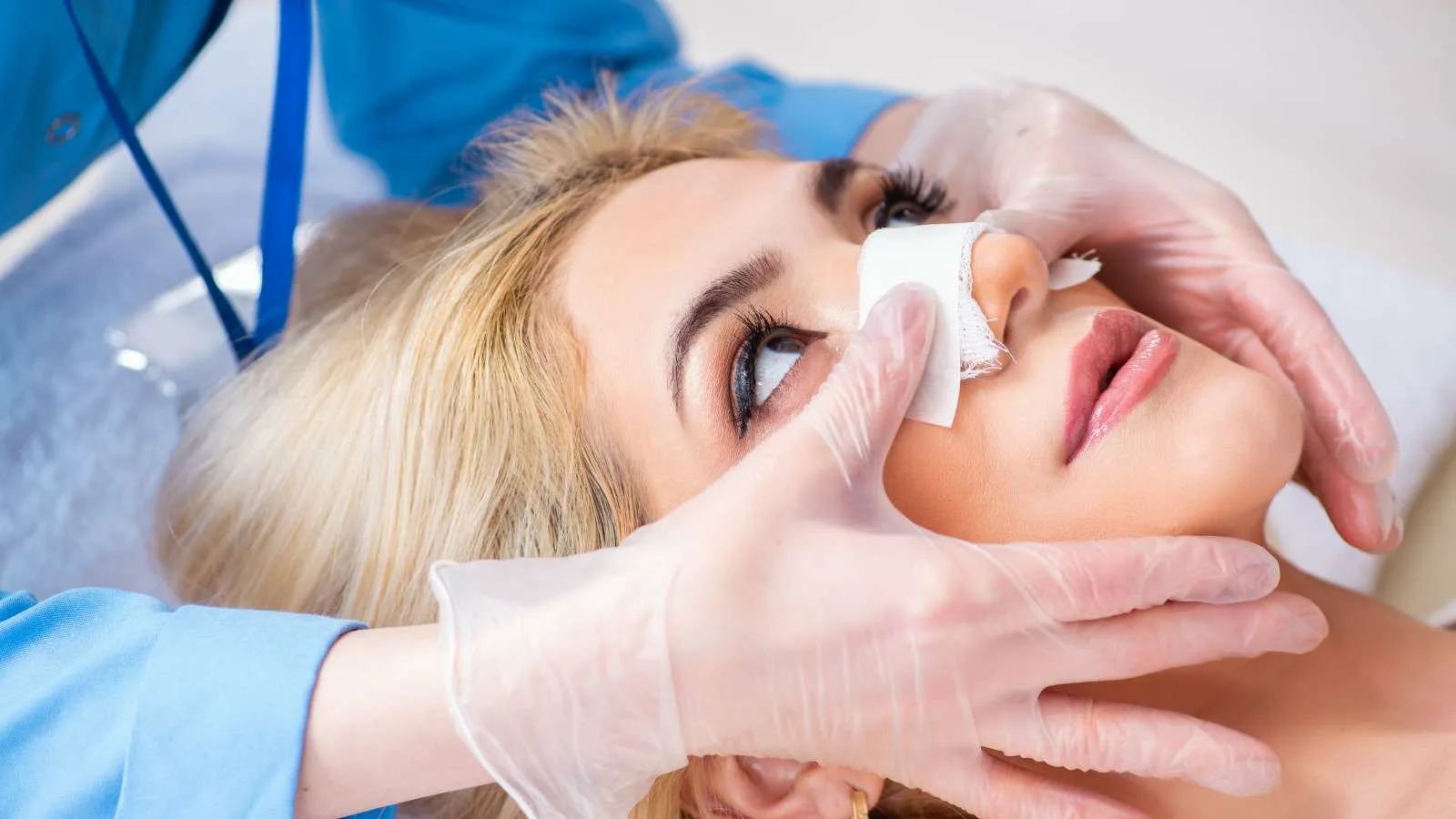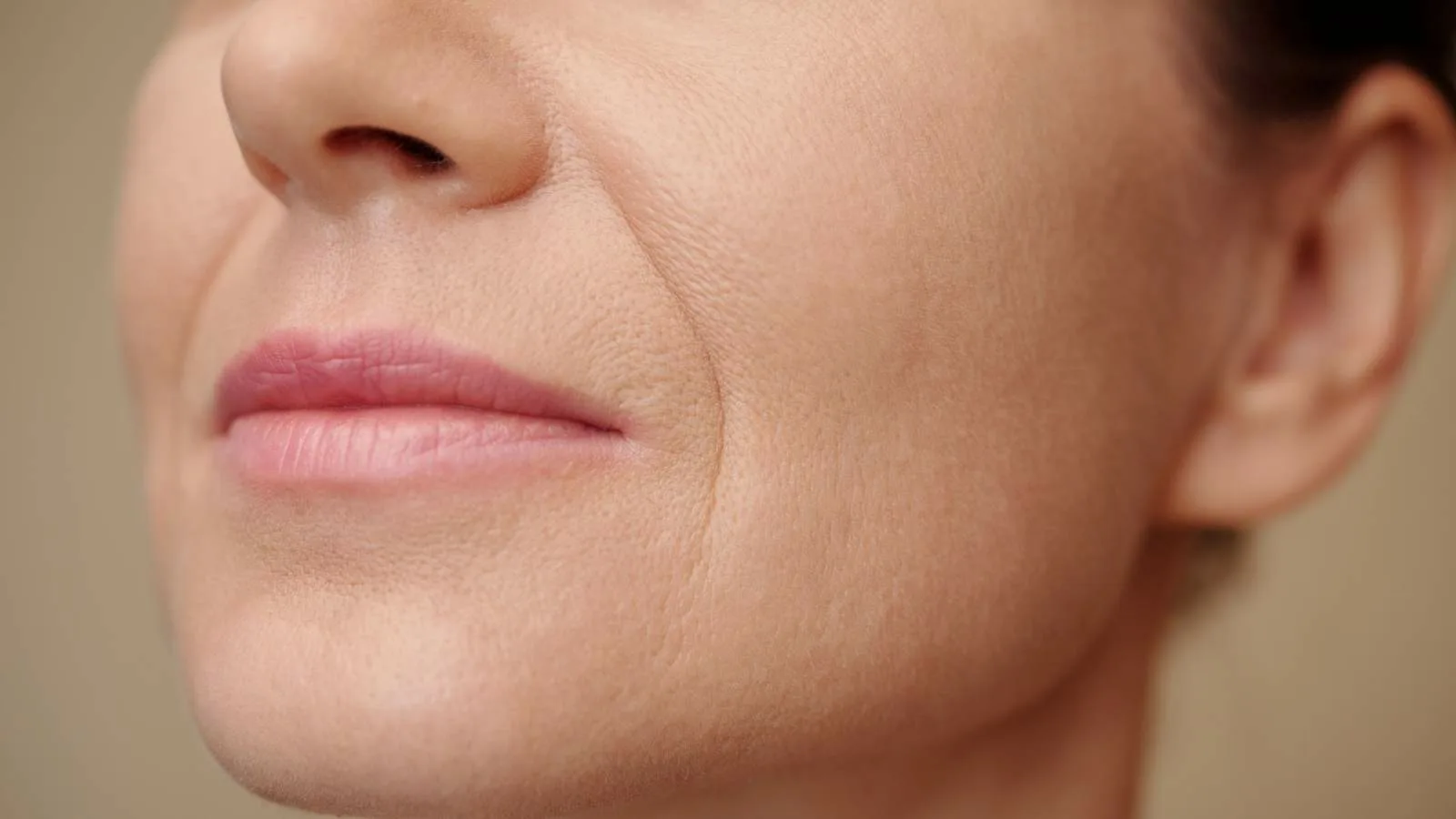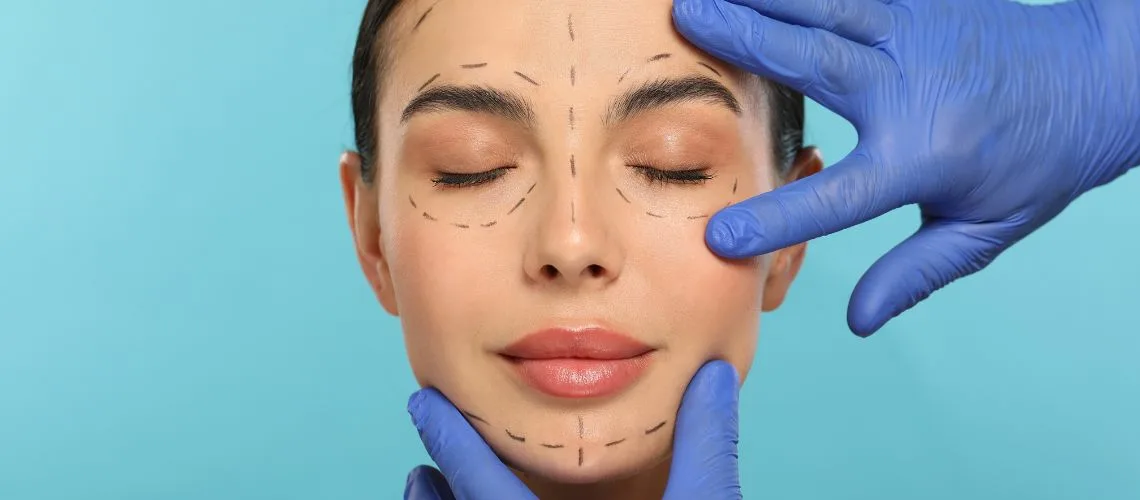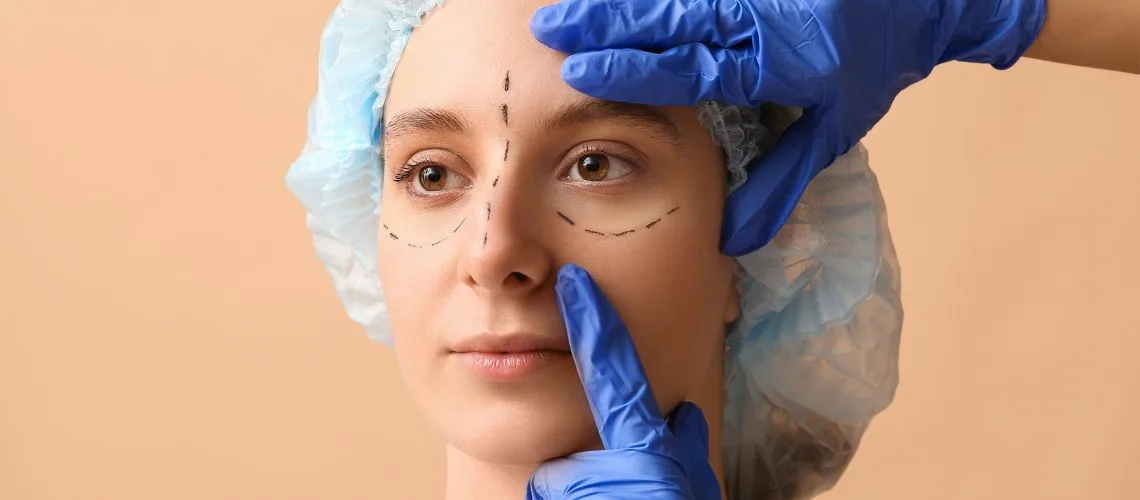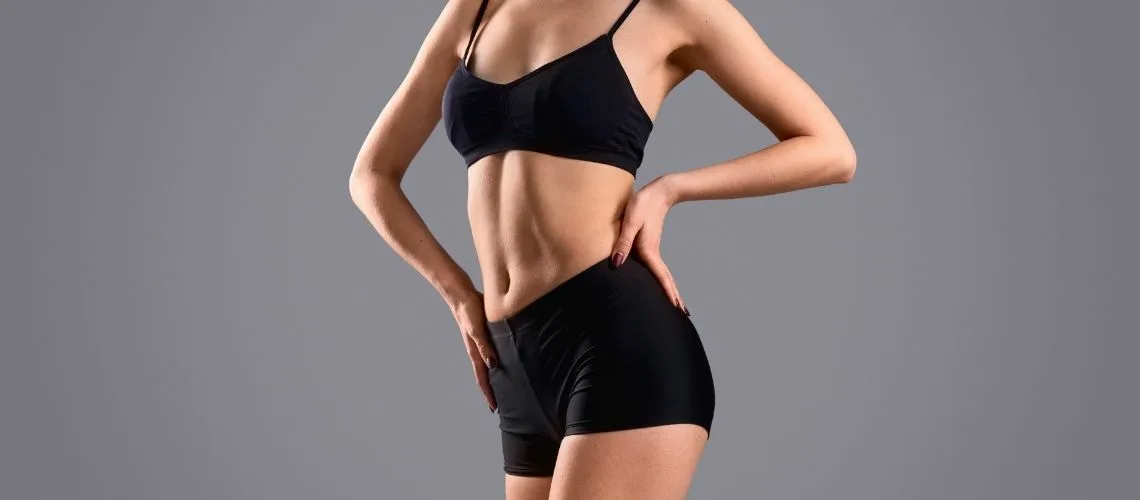Hourglass aesthetics refers to surgical and non-surgical procedures aimed at achieving a balanced waist-to-hip ratio. The goal is to create a slimmer waistline, fuller hips, and enhanced curves, resulting in a proportional and feminine silhouette.
Common hourglass procedures include liposuction, fat transfer, Brazilian Butt Lift, and waist contouring. These techniques reshape body proportions while preserving natural harmony between the upper and lower body.
Non-surgical approaches such as body contouring devices and injectable treatments can also contribute to hourglass aesthetics. However, surgical methods generally provide more dramatic and long-lasting results for patients seeking significant reshaping.
Recovery and results depend on the chosen procedures. Following post-operative guidelines, maintaining a healthy weight, and engaging in physical activity are crucial to preserving the hourglass figure and ensuring stable, long-term outcomes.
What Is the Hourglass Aesthetic?
The hourglass aesthetic, in its simplest form, refers to a body silhouette in which the upper body (shoulders and/or bust) and the lower body (hips) are close in measurement, while the waist appears noticeably slimmer. When looking at an actual hourglass, the top and bottom are wide, and the middle is narrow. The same balance applies to the body: a balanced measurement between the bust and hips, and a clearly cinched waist.
The silhouette described among the public as “wide hips and a slim waist” not only represents an aesthetic understanding but also reflects the perception of fertility, health, and vitality in many cultures. There are even scientific studies suggesting that a waist-hip ratio of around 0.7 is considered “attention-grabbing” from both aesthetic and evolutionary perspectives.
Why Is the Waist-Hip Ratio (WHR) Important?
The Waist-to-Hip Ratio (WHR) is calculated by dividing the waist measurement by the hip measurement. For example, if your waist is 70 cm and your hips are 100 cm, the ratio is 0.7. Many studies suggest that a value close to 0.7 is found to be the “most attractive.” Both evolutionary and societal factors lie behind this interest.
- Evolutionary Perspective: Throughout human history, healthy reproductive potential has often been evaluated in tandem with aesthetic perceptions. A lower waist-hip ratio in women is frequently associated with higher estrogen levels and thus fertility. From this perspective, a WHR close to 0.7 has been seen as a positive sign of “reproductive health.”
- Health Indicator: WHR can also offer clues about one’s health. A much higher waist-hip ratio is associated with cardiovascular diseases, insulin resistance, and type 2 diabetes. It would be wrong to say that the ideal of about 0.7 is solely about aesthetics; having an excessively thick waistline could be connected to increased amounts of “visceral fat” around the internal organs.
- Cultural and Psychological Factors: Although many studies highlight the 0.7 ratio, different cultures and individual preferences can make this value variable. In some societies, a range of 0.8–0.9 might be considered ideal. Psychologically, media, the fashion industry, and popular culture have idealized the symbol of a “slim waist” and “wider hips” over time.
In Which Periods Throughout History Did the Hourglass Figure Stand Out?
While the hourglass silhouette has been similarly appreciated in different periods of history, this admiration has fluctuated.
- Ancient Times: Even in Ancient Greek sculptures, the balance between bust and hips and a slimmer midsection is noticeable. For instance, sculptures depicting goddesses or mythological female figures emphasize this proportional body line.
- Renaissance and Baroque: Renaissance paintings showcased more rounded, soft-lined female bodies. However, the relative slimness of the waist and the prominent bust and hips were still a hallmark of an “opulent” look. During the Baroque period, while artists reflected the concept of volupté (sumptuous softness), they still preferred a slim-looking waistline.
- Victorian Era: The hourglass shape truly “bloomed” during the peak popularity of corsets. Extremely tight corsets made the waist very small, making the hips and bust more pronounced. However, this fashion also brought numerous health problems, from compressed internal organs to breathing difficulties.
- The 1950s and the Marilyn Monroe Effect: While flatter, more “boyish” figures were in vogue during the 1920s, the 1950s saw actresses like Marilyn Monroe embody the “hourglass figure.” Full hips, prominent bust, and a slim waist became one of the most important elements underlining femininity.
- Today’s Fashion: In the early 2000s, lean and athletic body types were popular. In recent years, however, thanks especially to social media, popular culture, and the influence of celebrities (for example, Kim Kardashian), there has been a renewed interest in the hourglass aesthetic. Social media filters and aesthetic surgery trends also play a role in keeping this interest alive.
Why Does the Hourglass Aesthetic Draw Attention from an Evolutionary Perspective?
The hourglass silhouette is frequently examined in evolutionary psychology and biology. It is thought that for centuries, people have highlighted certain characteristics as “markers” in mate selection, species continuity, and health.
- Fat Distribution and Estrogen Effect: The hormone estrogen causes fat to accumulate in the hip and thigh region in women. Excess fat around the waist is often associated with higher cortisol (stress hormone) and sometimes insulin resistance. Therefore, more fat stored in the hips and thighs is considered attention-grabbing because it is linked to reproductive capacity.
- Muscle and Skeletal Structure: Not only fat distribution but also the width of the pelvic bone (pelvis) and the narrowness of the rib cage play a role in creating the hourglass look. A wide pelvis can be associated with easier childbirth, historically perceived as a “healthy fertility sign.”
Are Non-Hourglass Bodies Misunderstood?
Absolutely not. Every body has its own structure, genetics, and lifestyle. Some individuals have a “rectangle” shape (shoulders and hips of similar width, with a less defined waist), some have a “pear” shape (hips wider than the shoulders), or an “inverted triangle” (shoulders wider than the hips).
None of these imply “less healthy” or “less beautiful.” Many factors influence health, such as genetics, lifestyle, nutrition, and hormonal balance. The hourglass aesthetic is popular due to historical and cultural emphasis as an ideal, but that doesn’t mean other body types are unimportant or “wrong.”
What Role Do Hormones Play in the Hourglass Appearance?
Our hormones largely determine our body shape. Women have higher levels of estrogen than men, leading to fat accumulation in more “feminine” regions (bust, hips). This also influences where the body stores fat.
Estrogen and Progesterone Balance: A healthy balance of these two hormones can support a certain “feminine” fat distribution in the body. However, significant hormonal fluctuations, such as in polycystic ovary syndrome (PCOS), can cause fat accumulation around the waist.
Cortisol and Stress: Under excessive stress, the body secretes cortisol. This hormone triggers fat storage, especially in the abdominal region. Therefore, individuals under constant stress may observe a thickening of the waist, causing the hourglass appearance to disappear.
Is Achieving a 0.7 Waist-Hip Ratio Mandatory?
The human body doesn’t always conform exactly to mathematical formulas. The 0.7 ratio is a reference point derived from the statistical findings of various studies. However, individual differences, genetic heritage, and lifestyle habits mean everyone’s waist-hip ratio can vary.
The important thing is to adopt a healthy lifestyle and keep your body strong and fit. Values like 0.65 or 0.75 can also be perfectly normal and healthy. Furthermore, this ratio alone does not definitively describe a person’s overall health.
What Methods Are Available to Achieve the Hourglass Aesthetic?
There are various ways to achieve the hourglass aesthetic. Some people opt for natural methods (exercise and nutrition), while others pursue surgical or medical interventions to obtain this look.
Exercise and Nutrition
- Resistance Training: Exercises that strengthen the hips, thighs, and legs (such as squats, lunges, and deadlifts) and workouts to shape the upper body (for example, weighted shoulder presses) contribute to shoulder-hip harmony. To slim the waist, abdominal exercises (planks, crunches, etc.) can be preferred.
- Balanced Nutrition: Consuming foods rich in vitamins and minerals with a proper balance of protein, carbohydrates, and fats makes for a healthier body composition. Excessive intake of processed foods, refined sugars, and trans fats can lead to unwanted fat around the waist.
Corsets and Shapewear
- Historically, since the Victorian era, corsets have been the oldest “trick” for creating the hourglass aesthetic. However, wearing them too tightly or for too long can pressure internal organs, leading to shortness of breath and spinal problems.
- Today, softer shapewear is commonly worn under clothing or on special occasions to tighten the waist area.
Cosmetic Surgeries
- Liposuction: Removing excess fat from the waist and abdominal area to accentuate body contours. The aim is to make the waist slimmer and the bust and hips more prominent.
- Abdominoplasty (Tummy Tuck): A surgical procedure to tighten sagging abdominal skin, especially after pregnancy or significant weight changes.
- BBL (Brazilian Butt Lift): The procedure involves injecting fat taken from elsewhere in the body into the buttock area to achieve rounder, more protruding, and attention-grabbing hips.
- Waist Contouring Surgeries: Fat is removed from the sides of the waist (via liposuction or other methods) to further sharpen the hourglass silhouette.
Filler and Fat Injections
- If a slight increase in volume is desired in the bust or hips, fillers or the person’s own fat tissue may be injected.
Even small-scale interventions carry risks, and they must be performed by qualified professionals. Each method has its advantages and disadvantages. Whether a procedure is “right” or not depends on the person’s health status, expectations, and expert opinion.
What Are the Risks and Challenges of These Procedures?
Although today’s cosmetic surgery methods are quite advanced, every surgical or medical procedure carries risks.
- Liposuction: Complications such as bleeding, infection, skin irregularities, and asymmetry can occur. There is also a low but existing risk of deep vein thrombosis or fat embolism (when fat enters the bloodstream and blocks the lung or heart vessels).
- Tummy Tuck: It’s a major surgery with a long recovery period. Issues such as poor wound healing, separation of the abdominal muscles (diastasis recti), or infection may arise.
- BBL (Brazilian Butt Lift): It has been reported as one of the aesthetic procedures with the highest complication rates worldwide. The risk of fat embolism increases significantly if it’s not performed by an experienced surgeon.
- Fat Injections: The injected fat may not take properly, harden, or cause infection.
Of course, these risks are minimized when working with an experienced plastic surgeon and anesthesiology team. Still, it is crucial that patients follow the rules recommended by their doctor and attend regular check-ups before and after surgery.
Are Non-Surgical Solutions Enough for an Hourglass Appearance?
For some individuals, non-surgical methods can make a noticeable difference. Exercise, a healthy diet, correct posture, stress management, and shapewear may sometimes achieve a result close to the desired look. However, body type, genetic heritage, and hormonal balance are determining factors here.
Is It Possible to Enlarge the Hips Through Exercise?
Yes, gluteal muscle (buttock muscle) training can increase volume, firmness, and lift. Exercises like the hip thrust target the glute muscles. However, these exercises can’t entirely exceed genetic capacity to create a complete “reshaping.”
- Posture and Alignment Adjustments
It’s true that keeping the shoulders straight, slightly tucking the waist in, and tightening the abdomen can make the body appear more hourglass-like. Many people drop their shoulders and conceal their waist curve in daily life. Simple posture corrections alone can bring visible changes.
How Should the Hourglass Aesthetic Be Evaluated Psychologically?
Body image can affect everything from a person’s self-confidence to their social relationships. Because the hourglass aesthetic is so frequently highlighted by the media and popular culture, it can sometimes create the perception that “this is the only correct standard.” This can trigger body dissatisfaction.
- Social Media and Comparison: Especially filters and edited photos can create an unrealistic “ideal.” People may feel inadequate when comparing themselves to these images, which are impossible to achieve in everyday life.
- Body Dysmorphic Disorder (BDD): In some cases, a person may perceive flaws in their body in an exaggerated way and feel an excessive need to correct them. This psychological condition can lead to uncontrolled aesthetic interventions, eating disorders, and social isolation.
A healthy body image means the person can accept themselves as they are while also having the flexibility to make positive changes to their health and appearance if they wish.
Does the Hourglass Effect Exist in the Fashion World?
The fashion industry has designed clothes around the hourglass aesthetic for many years. Particularly since the 1950s, dresses with tight waists, skirts that emphasize the hips, and designs that highlight the upper body have been popular.
- Belts and Waist-Accentuating Pieces: Wide belts or corset-like dresses help make the waist look slimmer.
- Peplum Tops: The folded fabric detail just below the waistline makes the hips appear wider while the waist looks slimmer.
- Pencil Skirts: These hug the hips and make the waist look narrower, practically a best friend to the hourglass figure.
In recent years, with body positivity and inclusive fashion movements, more designs that accommodate different body shapes have started to be produced.
How Is the Hourglass Perceived in Different Cultures?
Although the hourglass figure is prominent in Western culture, it has appeared in various forms across Africa, the Middle East, and Asia. In some African communities, even more pronounced hips and buttocks are considered a beauty indicator, while in certain East Asian countries, a much slimmer figure overall might be preferred.
In summary, while the hourglass aesthetic exhibits different variations in different regions, the image of a “thin waist and fuller hips” continues to be admired in many parts of the world.
Is the Hourglass Aesthetic Really Rare?
One study suggests that only about 8% of women naturally have an hourglass figure. This small percentage may explain why the hourglass silhouette attracts so much attention and is considered “special.” Alternatively, given the genetic diversity of the human body, this ratio may not be “so low” after all. Results can vary depending on factors such as sample size, age group, ethnicity, and lifestyle in the research.
What Is the Health Aspect of the Hourglass Aesthetic?
A narrow waist and wide hips alone do not provide sufficient data to conclude “entirely healthy” or “unhealthy.” However:
Low Waist-Hip Ratio and Health: Even if one is not overweight, when the waist thickens, visceral fat can increase. This raises the risk of diabetes and heart disease. Hence, having a slim waist can at least suggest lower internal fat accumulation.
Hip Width: Wider hips may be related to the structure of a woman’s pelvis. Not every wide hip is “healthy,” especially if it’s due to obesity stemming from inactivity and poor nutrition. What’s crucial is not just the amount of body fat but the muscle-to-fat ratio and overall health.
How Does the Body Positivity Movement Affect the Hourglass Aesthetic?
The body positivity movement aims to embrace all body shapes that don’t fit into a single mold. The hourglass aesthetic is also reinterpreted within this movement. Body positivity doesn’t exclude people with an hourglass figure, but it does criticize the enforcement of that body type as the “only and best ideal.”
Thanks to body positivity, the fashion and media industries now showcase more diverse body types. This diversity helps people develop a healthy body image without feeling “different” or “inadequate.”
How Can We Strike a Balance Between Body Diversity and the Hourglass Figure?
Throughout history, the hourglass aesthetic has become an enchanting symbol in many cultures. A slim waist, relatively wide shoulders, and hips are called by many the “ideal female body,” but numerous evolutionary, cultural, economic, and psychological dynamics lie behind this view. Today, social media, popular culture, and cosmetic surgery keep interest in this figure alive, while non-surgical methods also help people strive for an “hourglass” form.
Still, it’s important to remember that every body is different, and this diversity actually showcases the richness of human life. Some are born with a slim waist, some can shape their waist through exercise, others may choose to benefit from cosmetic procedures. Instead of labeling “right” or “wrong,” the aim should be to find the balance of health and happiness for each individual.
Making adjustments that don’t jeopardize overall health, maintaining a balanced diet, and exercising regularly are among the most valuable investments you can make in your body. Whether it’s an hourglass or another silhouette… No matter what shape you have, the most important thing is feeling healthy, strong, and at peace with yourself.
Frequently Asked Questions
Which body areas are shaped by hourglass surgery?
Hourglass surgery focuses on slimming the waist while enhancing the hips and breast contours. This results in a more balanced, curvy, and aesthetically harmonious body shape.
Who is a suitable candidate for hourglass surgery?
Individuals in good overall health, with sufficient skin elasticity and dissatisfaction with disproportionate body shapes, are suitable candidates. Those with significant excess weight are advised to achieve weight control first.
What surgical methods are used in hourglass surgery?
Liposuction, tummy tuck, fat transfer, and implants can be combined in hourglass surgery. The choice of technique depends on the patient’s body structure and aesthetic goals.
What is the recovery process like after hourglass surgery?
Most patients can return to daily activities within 1–2 weeks after surgery. However, full recovery and final results may take several months. Wearing a compression garment supports the healing process.
Are the results of hourglass surgery permanent?
The results are long-lasting, but aging, pregnancy, or weight changes may alter the body shape over time. Maintaining a healthy lifestyle enhances long-term outcomes.
Can post-pregnancy deformities be corrected with hourglass surgery?
Yes, abdominal sagging, waist thickening, and changes in hip contour after childbirth can be corrected with hourglass surgery, restoring a more youthful and proportionate body shape.
Are there risks of complications after hourglass surgery?
As with any surgery, risks include infection, bleeding, asymmetry, or fat absorption failure. Choosing an experienced surgeon and following post-op instructions reduces these risks.
When can exercise be resumed after hourglass surgery?
Light walking is usually allowed within a few days. Strenuous exercise and weightlifting should be avoided for at least 6 weeks. The surgeon’s recommendations are essential here.
Will scars remain after hourglass surgery?
Small scars may occur depending on the surgical technique. Liposuction scars are usually minimal and fade over time. Tummy tuck incisions may be longer but can be hidden effectively.
What psychological benefits does hourglass surgery provide?
Achieving a more proportionate and aesthetic body boosts self-confidence. Improved body image contributes to a more positive attitude in both social and personal life.

Op. Dr. Erman Ak is an internationally experienced specialist known for facial, breast, and body contouring surgeries in the field of aesthetic surgery. With his natural result–oriented surgical philosophy, modern techniques, and artistic vision, he is among the leading names in aesthetic surgery in Türkiye. A graduate of Hacettepe University Faculty of Medicine, Dr. Ak completed his residency at the Istanbul University Çapa Faculty of Medicine, Department of Plastic, Reconstructive and Aesthetic Surgery.
During his training, he received advanced microsurgery education from Prof. Dr. Fu Chan Wei at the Taiwan Chang Gung Memorial Hospital and was awarded the European Aesthetic Plastic Surgery Qualification by the European Board of Plastic Surgery (EBOPRAS). He also conducted advanced studies on facial and breast aesthetics as an ISAPS fellow at the Villa Bella Clinic (Italy) with Prof. Dr. Giovanni and Chiara Botti.
Op. Dr. Erman Ak approaches aesthetic surgery as a personalized art, tailoring each patient’s treatment according to facial proportions, skin structure, and natural aesthetic harmony. His expertise includes deep-plane face and neck lift, lip lift, buccal fat removal (bichectomy), breast augmentation and lifting, abdominoplasty, liposuction, BBL, and mommy makeover. He currently provides safe, natural, and holistic aesthetic treatments using modern techniques in his private clinic in Istanbul.

